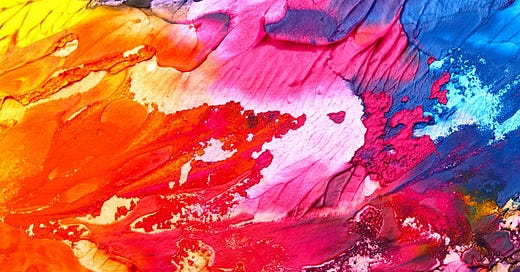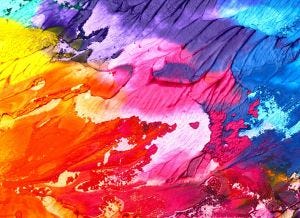He was a pioneering Swiss psychiatrist who revolutionized our understanding of the human psyche. But his vision extended far beyond mere diagnosis; it delved into the realm of the unconscious, where imagery reigned supreme. For Jung, images weren't just fleeting fancies; they were whispers from the soul, portals to the collective unconscious, and the raw material for personal growth.
At the heart of Jung's theory is the concept of archetypes - universal, innate patterns of thought and experience manifesting in our dreams, myths, and everyday perceptions. These archetypes, like the mandala or the shadow, form a shared language of the unconscious, understood across cultures and times. Imagery becomes the translator, transforming abstract concepts into vivid pictures that bypass our rational defenses and address the core of our being.
Jung saw dreams as symbolic messages from the unconscious, offering guidance, revealing hidden conflicts, and illuminating our path to wholeness. He believed that by carefully analyzing the imagery of our dreams, we could decipher these messages and gain valuable insights into our psyches. For instance, a recurring image of a serpent might symbolize fears of transformation. A soaring bird could represent our yearning for freedom.
His fascination with imagery wasn't confined to dreams. He saw it woven into the tapestry of all human experience - in works of art, myths, rituals, and even the stories we tell ourselves. He explored the symbolism of mandalas, finding in their circular patterns a representation of the Self, the unifying center of the psyche. He delved into the myths of ancient cultures, uncovering universal archetypal themes that resonated with our inner struggles.
Through these diverse expressions of imagery, he sought to understand the collective unconscious, the deep well of shared human experience that lies beneath the surface of individual differences.
But Jung's interest in imagery was more than just academic. He believed actively engaging with our internal images through techniques like active imagination could facilitate individuation, which means becoming a whole and integrated individual. By confronting our shadow, embracing our anima or animus, and integrating archetypal energies, we could move beyond our limited egos and connect with our more profound, authentic selves.
Jung's ideas about imagery resonate today, not just in psychology but also in art, literature, and even pop culture. His understanding of the symbolic language of the unconscious gives us a powerful tool for self-discovery, a means to interpret our dreams and visions, and a deeper appreciation for the richness and complexity of the human experience. By learning to decode the language of the soul through imagery, we embark on a journey of self-understanding, a path toward wholeness illuminated by the flickering torch of our inner light.
Examples of Jung's Interpretation of Imagery:
In the hushed theater of sleep, a young woman dreams of an ancient tower crumbling before her eyes. When Jung looked into the depths of her dreams, she didn't see buildings but a falling apart structure representing her inner thoughts and emotions. Perhaps it's a cherished belief dissolving, a career path reaching its dead end, or a relationship teetering on the brink. This falling tower, a personal symbol echoing the archetypal theme of transformation, speaks volumes about her inner turmoil and the impending change on the horizon.
Across cultures, the hero's journey resonates as a powerful myth, capturing the archetypal struggle against adversity. Odysseus battles the Cyclops, Beowulf faces Grendel, and Luke Skywalker confronts Darth Vader. In Jung's eyes, these disparate narratives represent the universal human battle against inner demons and external challenges. By slaying the metaphorical monster, the hero triumphs over an external foe and the shadow lurking within their psyche.
Imagine Vincent van Gogh's "Starry Night," a swirling vortex of cosmic anxiety. Jung wouldn't merely admire the brushstrokes but dissect the archetypal forces dancing across the canvas. The contorted cypress tree, stark against the undulating sky, embodies the persona, the mask we present to the world, straining against the turbulent emotions swirling beneath. The luminous stars, beacons of hope amidst the chaos, represent the anima, the guiding force urging us towards wholeness and integration.
These are glimpses into the Jungian labyrinth, where dreams whisper archetypal truths, myths echo universal struggles, and art unveils the hidden chambers of the psyche. By following Jung's path, we can decipher the cryptic language of our inner worlds, understand the stories that bind us to humanity, and ultimately embark on our hero's journey toward self-discovery.
So, remember Jung's invitation the next time a dream leaves you puzzling, a myth stirs your imagination, or a masterpiece captivates your gaze. Look beyond the surface, listen to the whispers of the archetypes, and discover the profound dance between the individual and the universal within the depths of your own experience.




